2019 - baboon problem
In 2019, my aim was to grow vegetables and to understand the ecosystem that supported the species of vegetable plants I grew in my garden. In particular, I was interested in the abiotic conditions, i.e. physical and chemical factors (e.g., sunlight, water, temperature, soil, that supported plants in the Western Cape's latitude and elevation.
However, I was first faced with a severe baboon raiding problem, and my challenge was to baboon-proof my garden while growing vegetables and learning the fundamentals of ecosystems and organic vegetable growing.
I built a wooden enclosure covered with shade cloth, large enough for me to enter and tend to my plants around the larger of my two raised beds and a protective superstructure over the smaller raised bed on the right side of my garden area.
Later I built a second enclosure in which I placed containers. .
The baboon-proof garden thus consisted of a main cage with a large raised bed , a left cage with containers and and a right raised bed with a cage superstructore covered with shade cloth.
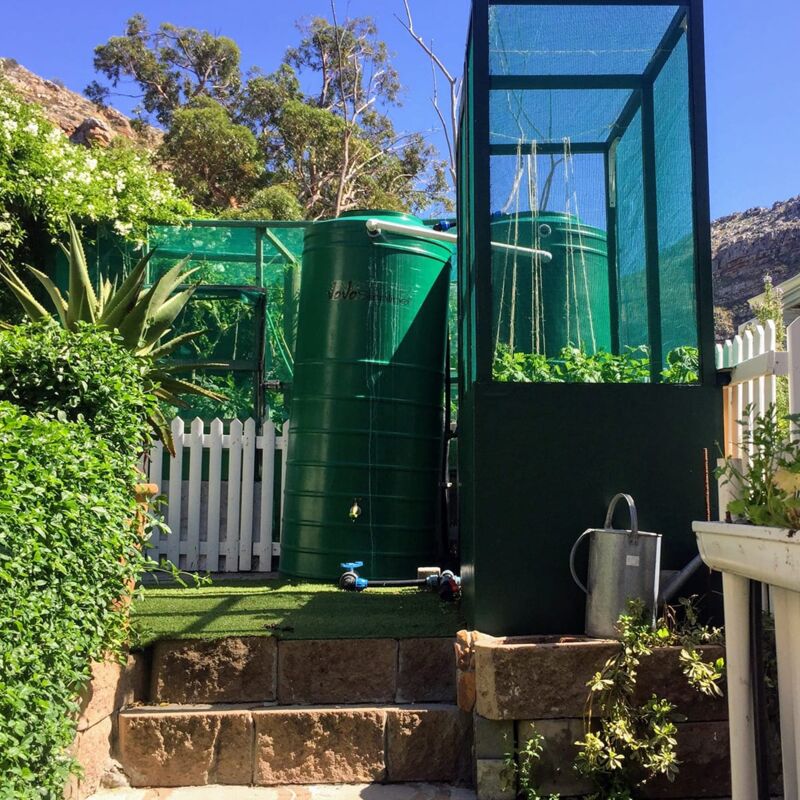
The baboon proof garden
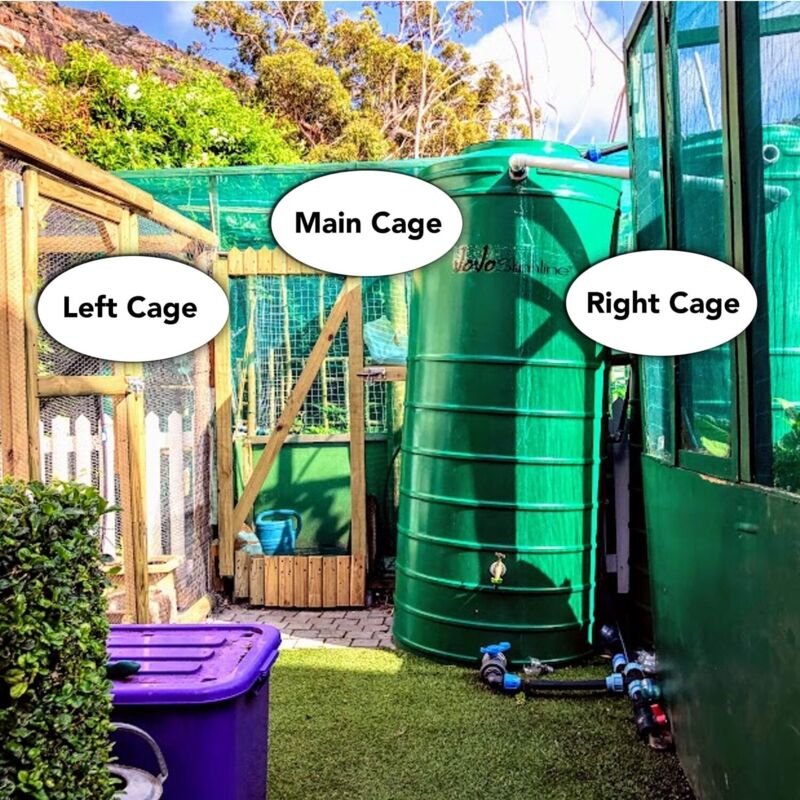
The garden was sited on the upper terrace, next to my house and water tanks.
This situation has several advantages. It provides clean bore-hole water and easy access to grow and watch plants grow while experiencing oneness with nature.
I used the 40% green shade cloth to protect my plants from the harsh African sun while allowing sufficient sunlight for photosynthesis.
The shade cloth is made from nylon material, strong enough to prevent baboons from entering the cage.
Site consideration is an important aspect to protect plants from invaders and to ensure adequate sunshine, water and organic soil.

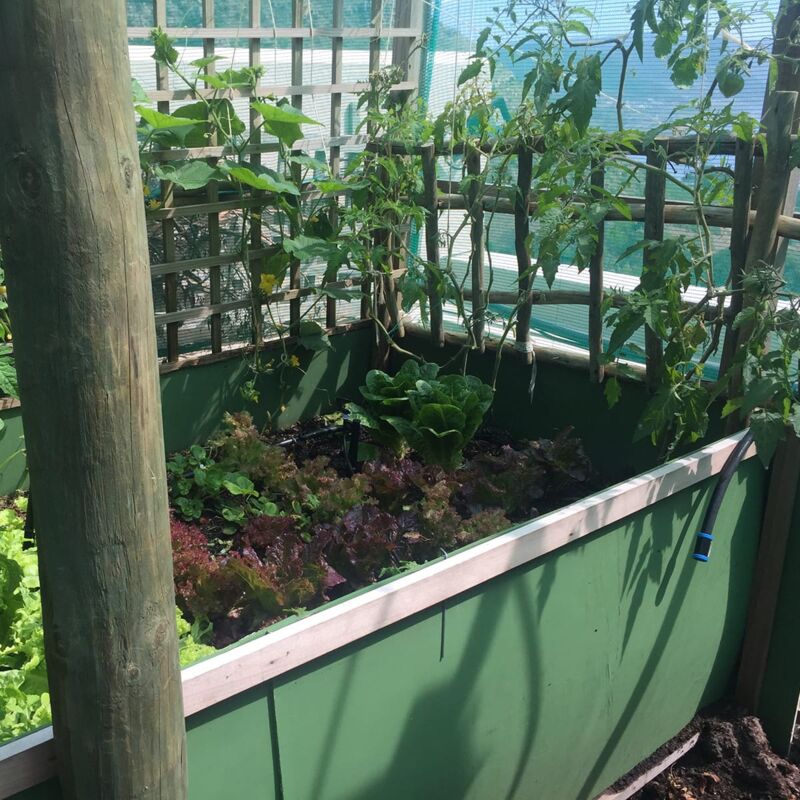
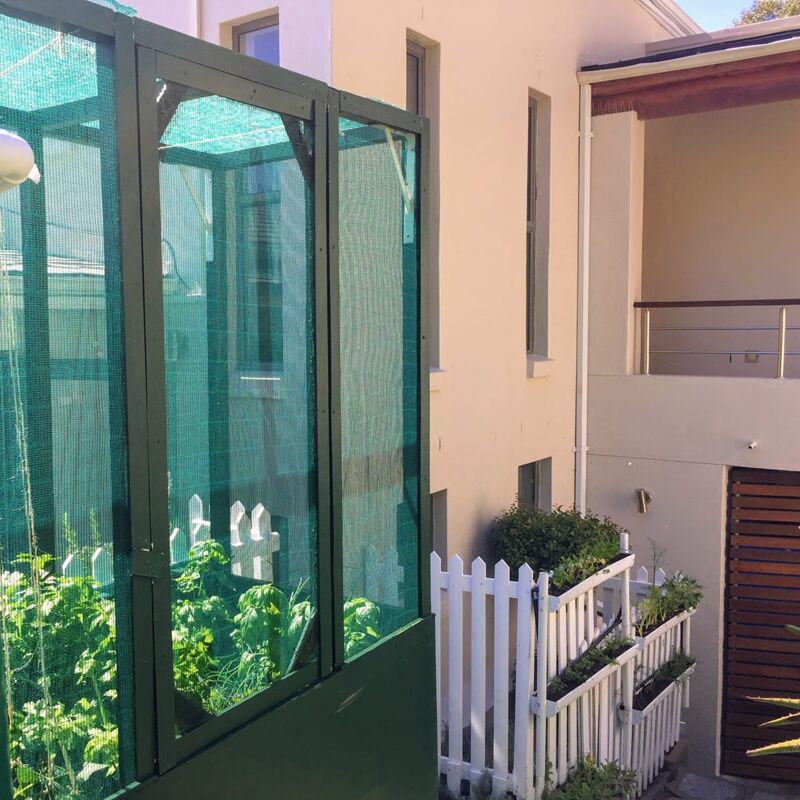
Baboons often attempted to enter the enclosures. On one occasion, when I was working in my garden, I was startled to see three baboons sitting on the top of the cage.
However, once the baboons did manage to break into the cage by breaking the door's wooden frame. Fortunately, I was able to secure it by adding a sturdier door.
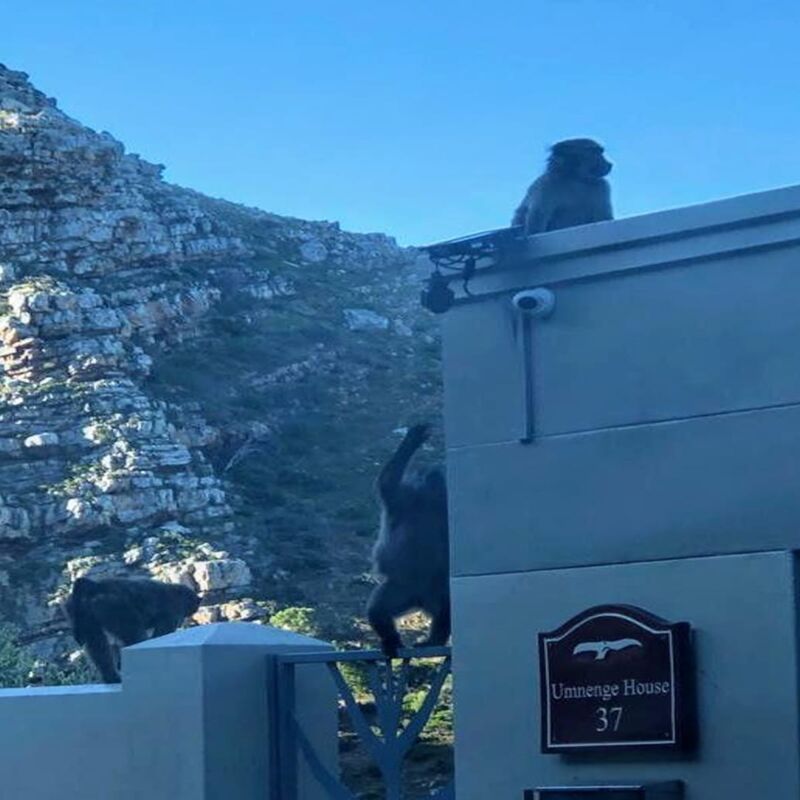
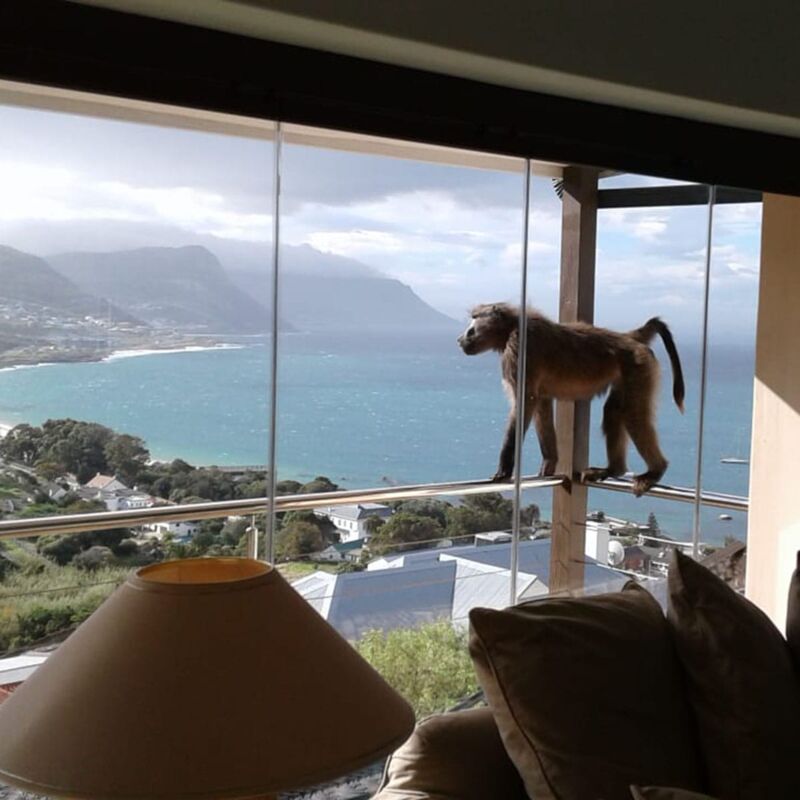
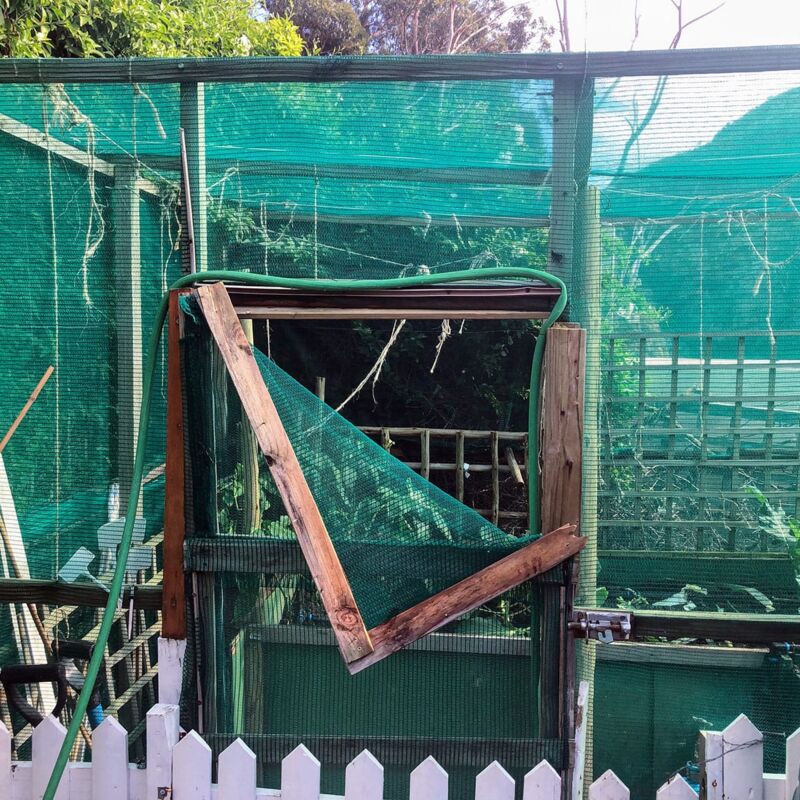
Once the baboon-proof garden had been built, I needed to determine how to grow the various species of vegetables and herbs in my garden without being too concered about their varients.
The design of my garden for growing organic vegetables relies on three elements: raised beds, containers, and a computerized irrigation system arranged and spaced according to the aim and intention of the garden at any point in time.
My first step was to read extensively about the subject. I leant about the importance of the environment, light energy, soil structure, water requirements, nutrients and pest management, i.e. the ecology, which led me to the concept of a micro-ecosystem.
The next challenge was to implement the Micro-ecosystem I had worked out and plant the vegetables I had chosen.
My vegetables grew well under the shade cloth. However, the small mesh meant that pollinating insects could not get into the cages. This was fine for the tomatoes, which are wind-pollinated, but not so good for cucumbers which are insect-pollinated and hand d pollinated the cucumbers with a small paintbrush to overcome this problem.
Hence I covered the right cage with chicken wire rather than shade cloth to allow access to pollinating insects, but, in this cage, instead of raised beds for growing plants, I used containers.
The plants grown during this period are shown in the vegetable 19 section.
The system worked well for about 18 months. However, the wooden sides of the raised bed garden started to deteriorate due to water damage caused by the automatic irrigation system's necessary watering.
I finally resolved this, and the baboon problem in 2020.